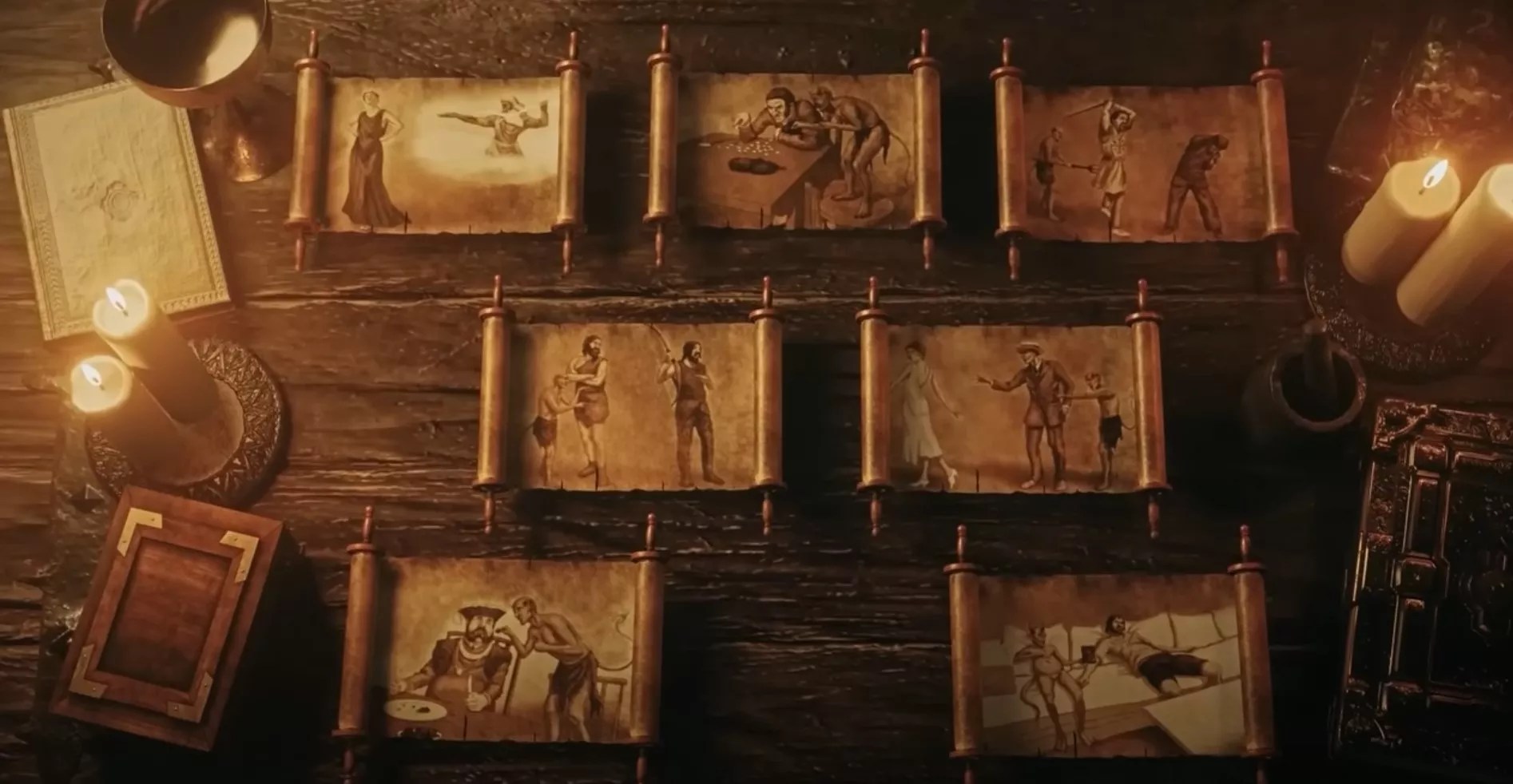

Audio By Carbonatix
There are a lot of quotes about sin. Some of the best are some of the least repeated, and more’s the pity. Like Ray Bradbury from Something Wicked This Way Comes, who said: “Sometimes the man who looks happiest in town, with the biggest smile, is the one carrying the biggest load of sin. There are smiles and smiles; learn to tell the dark variety from the light.” That would have been useful for America, if not Denver, to remember back before November 5. And then there’s what Steinbeck said in Grapes of Wrath, a book that may be about to become a lot more poignant about the era into which America has recently plunged itself: “There ain’t no sin and there ain’t no virtue. There’s just stuff people do.”
Try telling that to the folks at Wallethub, who recently put out a list of the “Most Sinful Cities in America” that ranked Denver sixth. Coming in sixth doesn’t sound all that impressive – it’s either a sign that we aren’t trying hard enough, or that all that pot is just making us too mellow to be a contender – but out of 182 measured big cities nationwide, the ranking was worthy of note.
Denver comes after five cities that aren’t all that surprising. Las Vegas tops the list, of course. Second is Houston, followed by Los Angeles, Atlanta and Philadelphia. What’s more surprising are the cities Denver beat out: former crime capital Chicago (16th), New York City (12th), New Orleans (18th) and Washington, D.C. (34th right now, but with Donald Trump moving back to Pennsylvania Avenue, it may vie for the top slot next year).
For criteria, the study considered the Seven Deadly Sins themselves: Anger & Hatred (rates of violent and sexual crimes, plus softer numbers like bullying rates), Jealousy (theft and fraud cases), Excesses & Vices (obesity, smoking, drinking, pot usage, DUI arrests and the number of fast-food places available), Greed (casinos and gambling rates), Lust (adult establishments and Google searches regarding sex), Vanity (tanning salons and plastic surgeries per capita) and Laziness (average work, exercise and volunteer hours, as well as high school dropout rates).
Denver, make your New Year’s Resolution Count!
We’re $14,000 away from our End-of-Year campaign goal, with just a few days left! We’re ready to deliver — but we need the resources to do it right. If Westword matters to you, please contribute today to help us expand our current events coverage when it’s needed most.
You might think that Denver could pin its standing on pot use alone, but this city isn’t even close to racking up the worst score in the Excesses and Vices category. We’re far worse in other categories: 8th lustiest city, 14th angriest. But Denver isn’t the worst in any one category, not by a long shot. We’re just not-great in several, and those sins add up.
What are Denver’s greatest sins? Frankly, as a city, we’ve had more than a few reasons to hit the confessional:
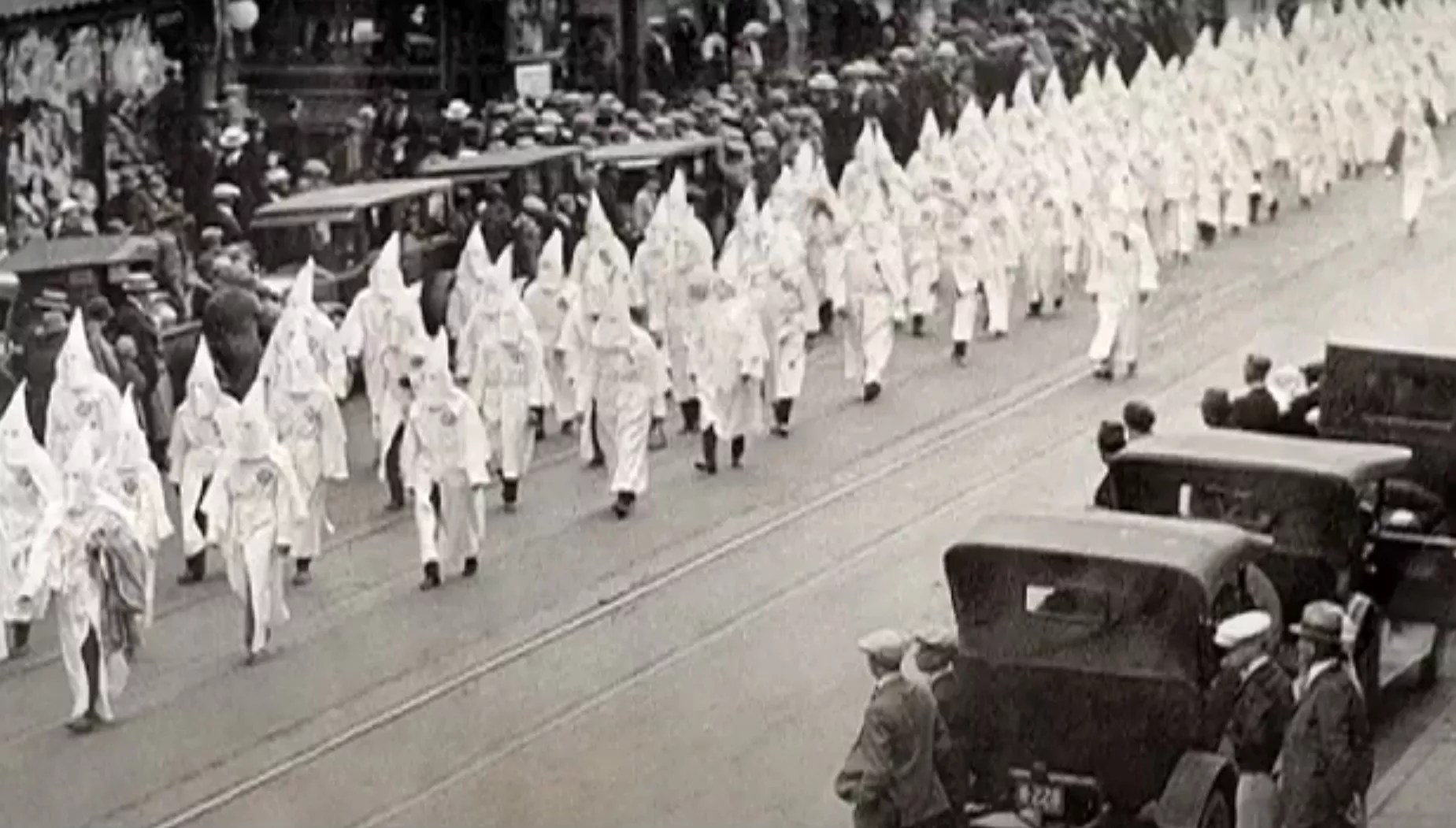
Proof that some parades suck.
Anger & Hatred: The Era of the Klan
The Ku Klux Klan might have been born in the American South in the 1860s, but by the mid-1920s, the KKK had risen to significant power right here in Denver. By that time, the Klan had gained control of the Colorado Legislature, the governor’s office, the Denver mayor’s office (including Mayor Ben Stapleton, for whom the Central Park neighborhood was initially named), the Denver Police Department and many members of the statewide Protestant community. According to History Colorado, the KKK did this by establishing and promoting ethnic divisions and prejudice with its message of “100% Americanism.” The Grand Dragon of the KKK was John Galen Locke, who was also key to the downfall of its influence: Locke was arrested on tax evasion charges in the mid-’20s, which led to investigations into a number of his associates. The movement lost steam, and by the time Locke died of a heart attack at a political meeting in the Brown Palace in 1935, the Klan was a well-deserved shadow of its former self.
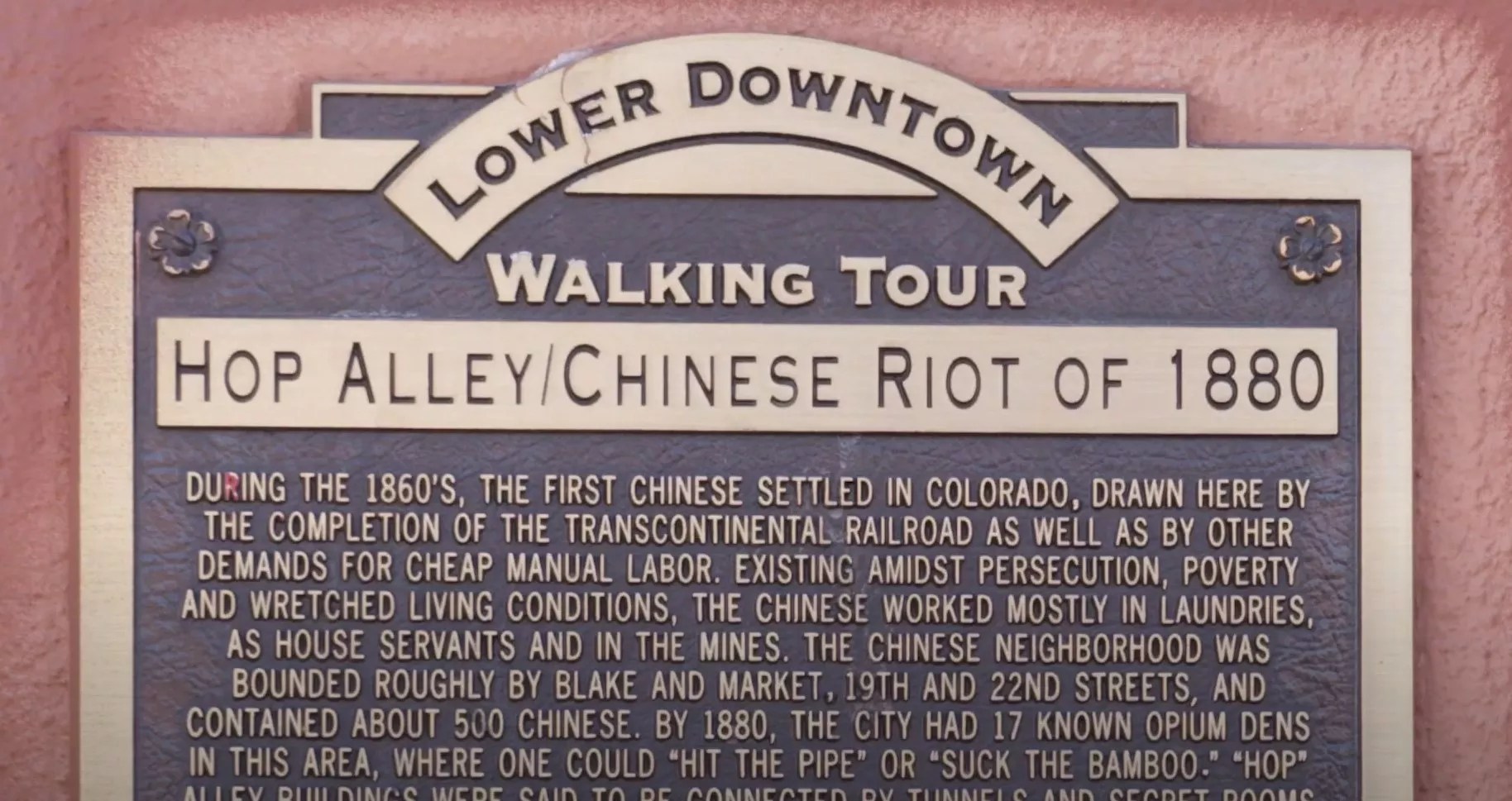
“Hit the pipe” or “Suck the bamboo.” Gee, I wonder why this sign was removed?
Jealousy: The Attack on Chinatown Colfax back in the day.
On the night of October 31, 1880, thousands of Denver residents descended on the fewer than 250 residents of the Chinatown settlement around 16th and Wazee streets. They looted, pillaged and even killed one resident – and why?Racism. At the time, Asian discrimination was at its height in the American West, and the white population of Denver had come to (inaccurately) see Chinatown as blocks of iniquity: opium dens, prostitution and more. The decimation of the neighborhood through a race riot helped inspire the U.S. Chinese Exclusion Act in 1882, which halted Chinese immigration into the country, destroying families, businesses and more. What’s worse? It took until 2022 for the City of Denver to remove a whitewashing historical marker at 20th and Blake that claimed the event was a “Chinese Riot” instead of the Anti-Chinese White People Riot that it actually was. 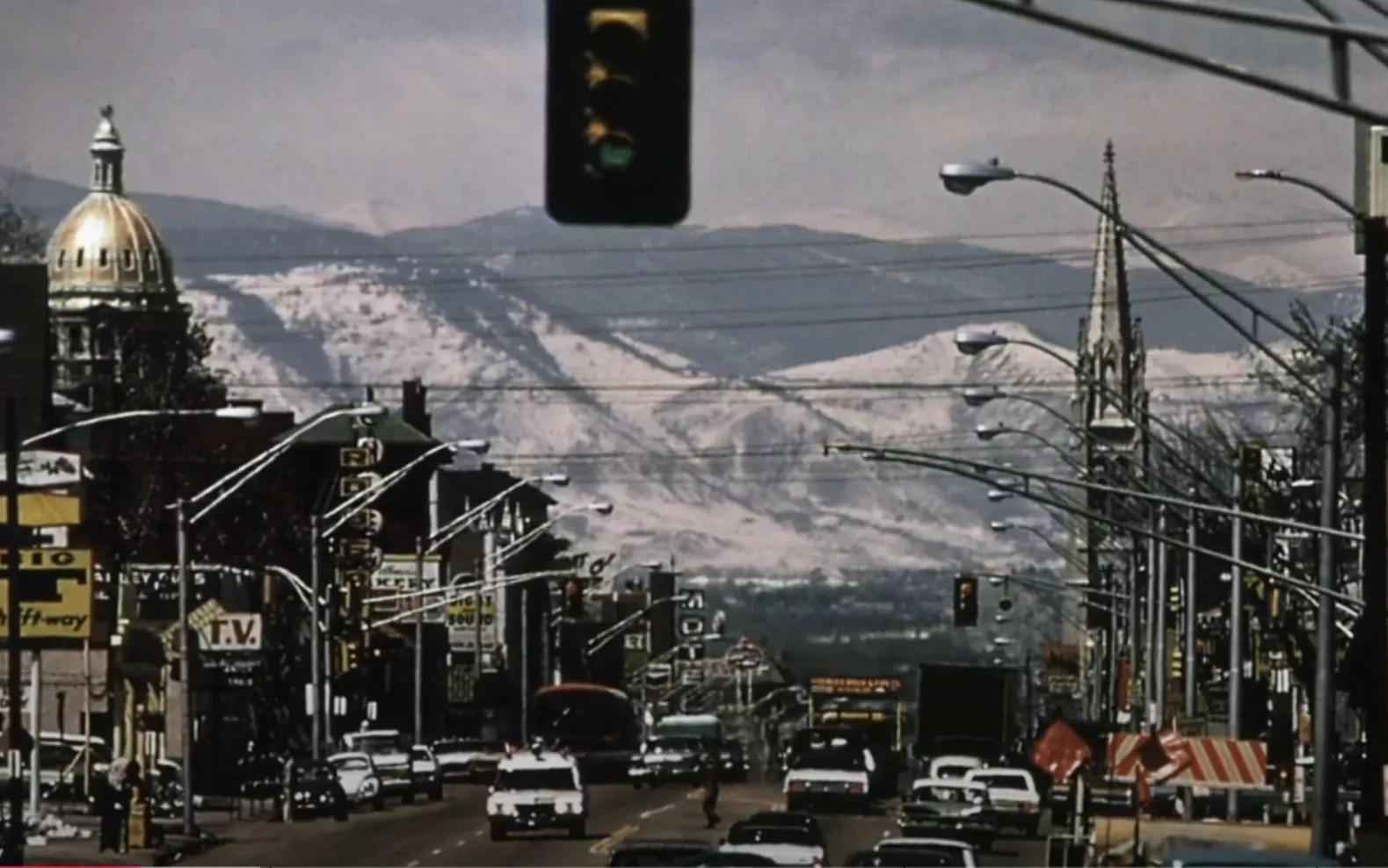
Excesses & Vices: Colfax Avenue
Most Denverites know that Colfax Avenue is sometimes referred to as the “Wickedest Street in America,” a quote dubiously attributed to Playboy magazine. But that’s only one of its names: It’s also called “The Gateway to the Rockies” and “The Golden Road,” since it ran from Aurora (originally called Fletcher) all the way through Denver and into Golden. It’s the longest commercial district in America at over 26 miles, and doubles that if you continue to measure once it’s no longer commercially zoned. With that much space, there’s bound to be some seedy history. And there was: rampant prostitution, heavy drug use, crime – all things you can still find to a lesser degree today. Is it more sinful than most inner-city streets anywhere in big-city America? No. But the effect of that description in Playboy – apocryphally, of course- has some staying power.
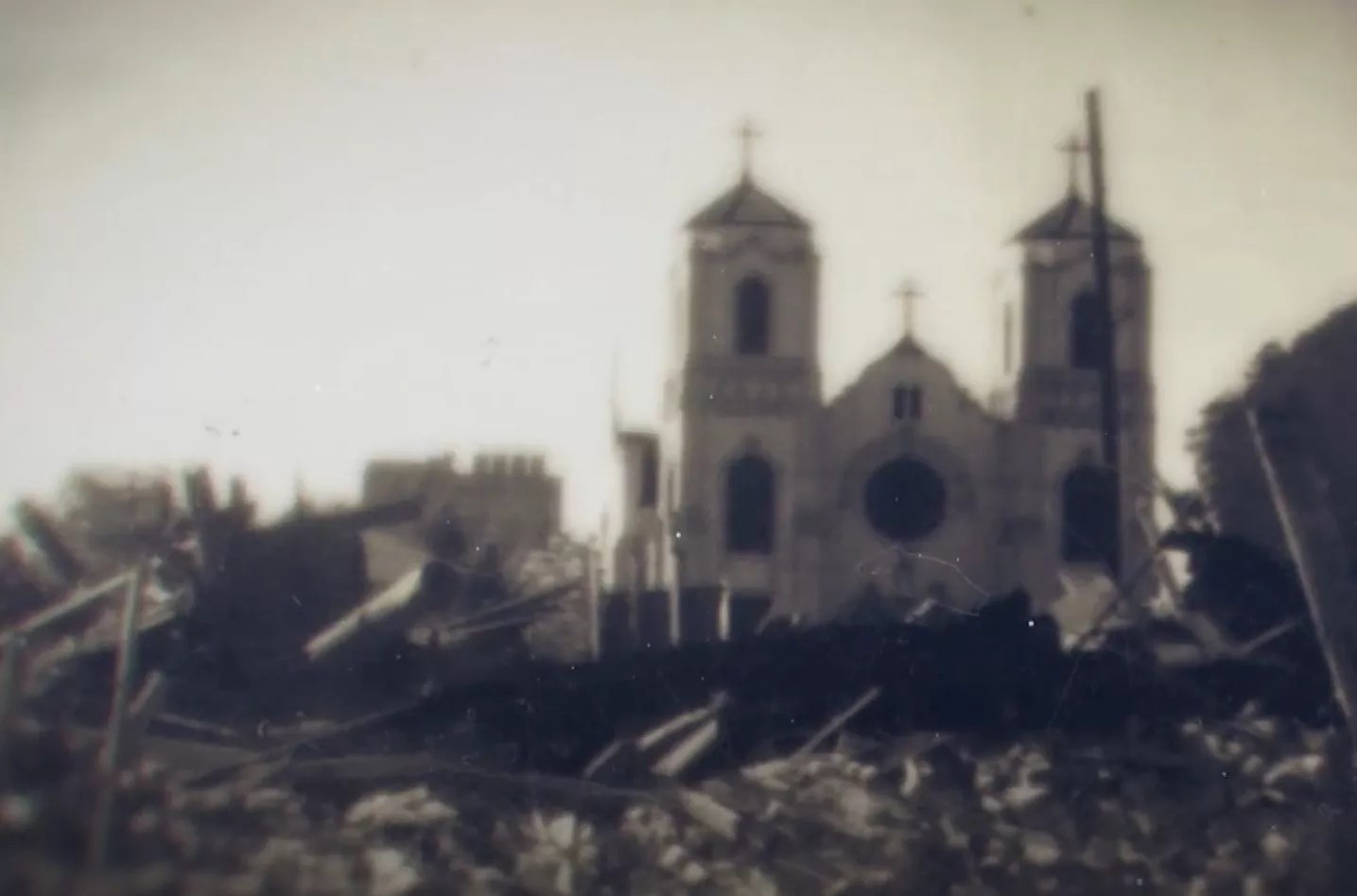
The destruction of Auraria, with St. Cajetans in the background.
Greed: The Taking of Auraria The National Enquirer: the rag that ran politics here and there.
Auraria was Denver’s oldest neighborhood, with immense history and family legacy. In 1965, the South Platte overflowed, flooding the area. That devastation was all Denver needed to issue a municipal bond to help clear the area and remake it as a modern urban campus. Great idea – if you excluded consideration of the people who called it home. Father Peter Garcia of St. Cajetan’s Church – which was preserved and still stands on campus – led angry residents in the Auraria Residents’ Organization to resist the displacement of neighborhood families, but ultimately they were unable to defeat the bond initiative and the city’s intent. Most of the neighborhood was demolished, with only a little over one block of homes saved – now Ninth Street Historic Park – as well as a few houses of worship and the Tivoli Brewery. As penance, the University of Colorado Denver, the Community College of Denver and Metropolitan State University of Denver all honor the Displaced Aurarian Scholarships agreement, which provides free tuition to descendants of the forced diaspora.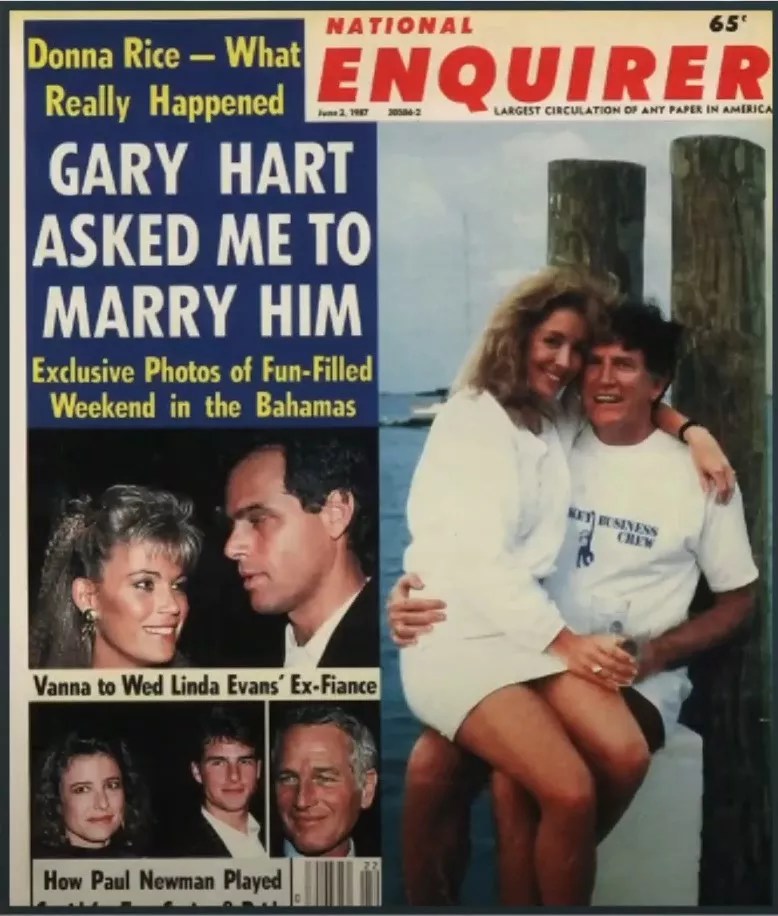
Lust: Gary Hart’s Political Career
Oof. File this under “what might have been.” The saddest words of tongue or pen, right? And politics, too: Colorado’s Gary Hart is proof of that. Hart was a successful Colorado senator from 1975 to 1987, when he became the leading candidate for the Democratic Party’s presidential hopes. With the aging Ronnie Reagan still mired in controversies like the Iran-Contra affair, Hart was considered to have a strong chance against milquetoast veep George Bush -until a photo of his extra-marital canoodling with Donna Rice on a boat too accurately called Monkey Business was enough of a scandal that he had to withdraw from the race. Had Hart won in 1988, we would likely never have seen the administration of either Bush – and America might well be a very different place.

The Mizpah Arch — once a symbol of Denver’s welcome.
Vanity: Tearing Down the Mizpah Arch Cheesman Park, with hundreds of ghosts you can’t see.
The Mizpah Arch once crowned 17th Street as it met Union Station in downtown Denver – and even though it was only standing for a rough quarter-century (from 1906 to 1931), its legacy is still notable, and its sentiment sorely missed. When it was built, Mayor Robert Speer called it “an expression of love, good wishes, and kind feelings of our citizens to the stranger who enters our gates.” And it offered those expressions in grand fashion: some sixty feet tall, made with fine craftsmanship, seventy tons of steel and almost 2,200 individual lights. Several prominent Denver historians have long advocated for its reconstruction, and it might be high time for the city to make that investment, this time keeping the sentiment bright.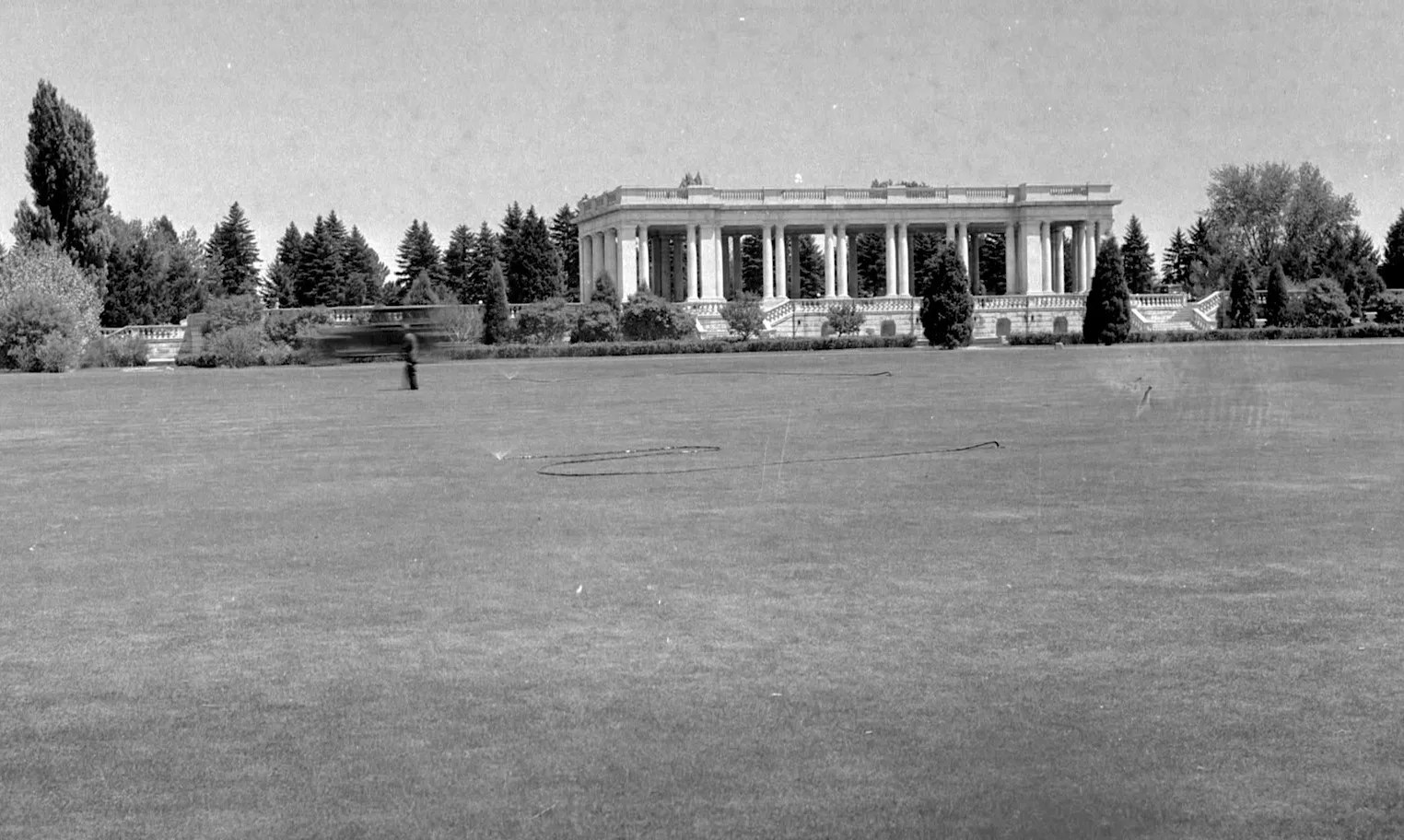
Laziness: Cheesman Park
Denver isn’t known for its laziness: When we relax, many of us do so not in front of the TV, but on a hiking path or a ski slope or a mountain bike path or in one of our many parks. Ironically, one of those parks marks one of our most shameful and, yes, lazy acts: the moving of Prospect Hill Cemetery in order to establish Cheesman Park on those eighty acres. And in a Spielbergian twist – no, really, this story is said to have partly inspired Poltergeist – when they moved the cemetery, they sometimes only moved the headstones. It was a ghoulish decision that would become notorious in the years that followed, since those years occasionally involved the unearthing of human bone after a soaking rain. That’s sometimes the price of sin: ghosts galore.